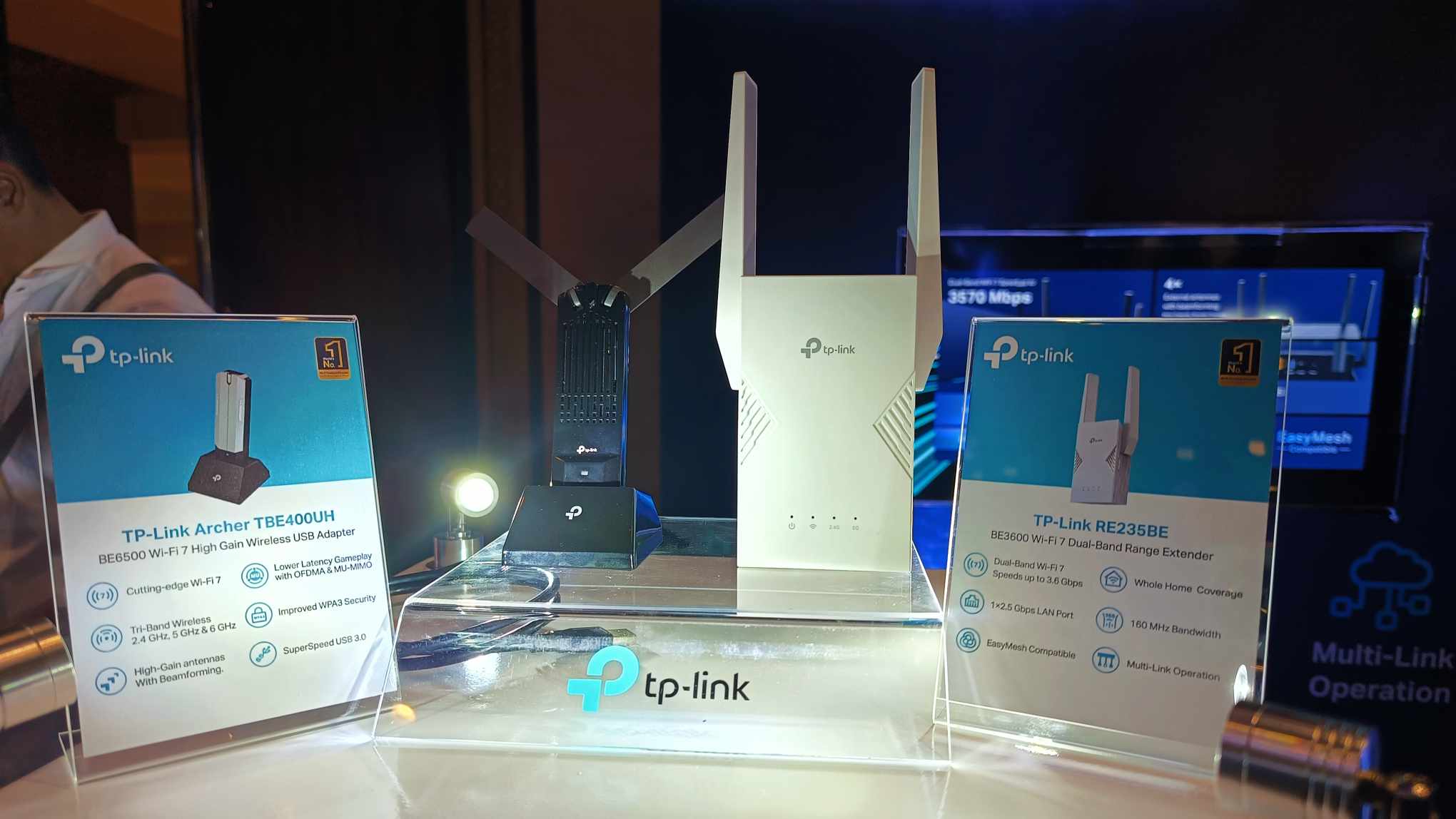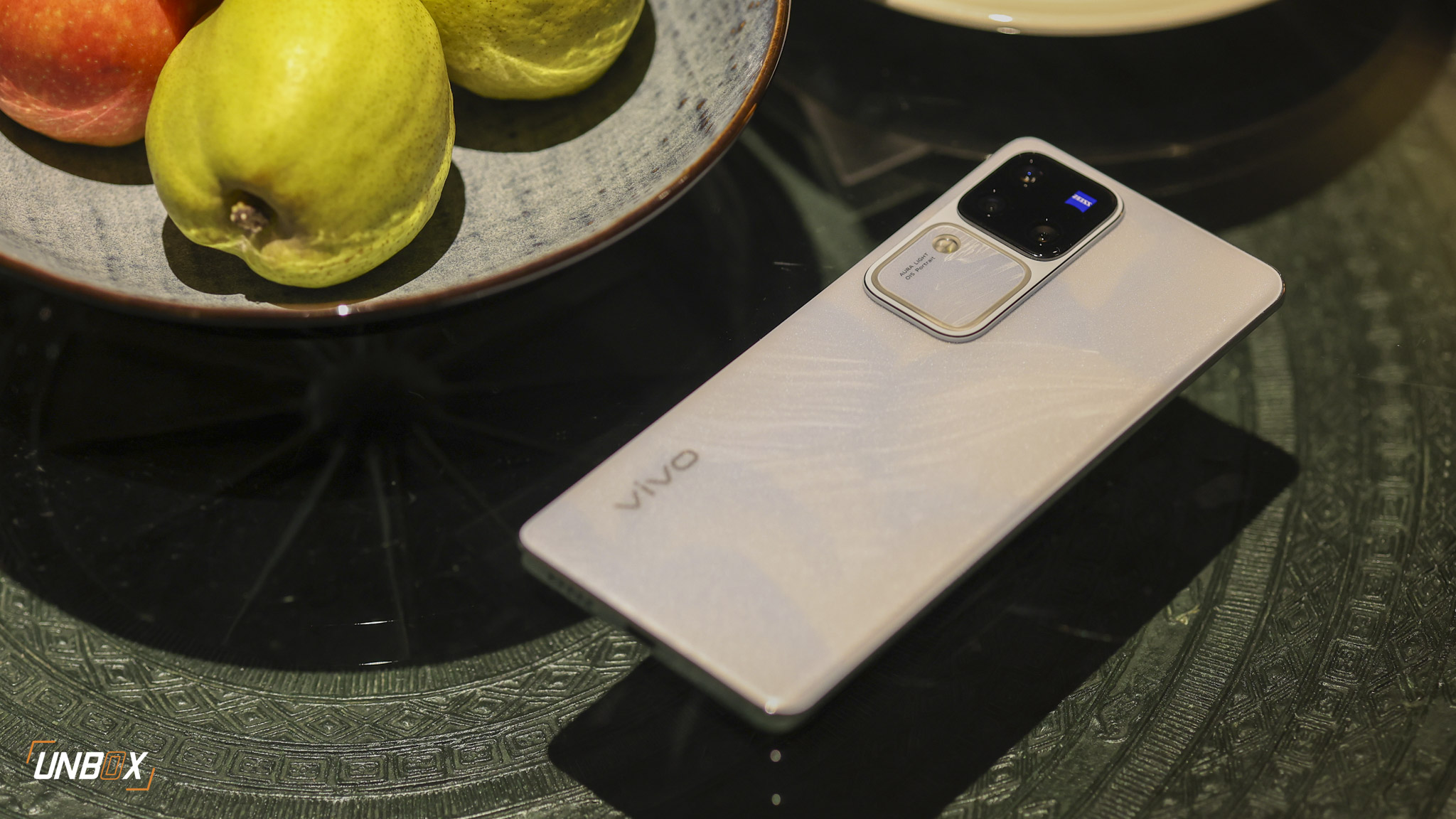 It is the biggest upgrade in years
It is the biggest upgrade in years
Last month, NVIDIA officially announced the successor to its GTX 10 series with the RTX 20 series. Headlined by the RTX 2080, NVIDIA’s newest consumer GPUs are equipped with the latest Turing Architecture—first seen with the Quadro RTX series.
The RTX 20 series emphasize on ray tracing—a rendering technique where an image is generated by tracing the path of light as pixels and later simulates it with virtual objects. While we’ve seen a few demos here and there, the tech inside the RTX 20 series go beyond ray tracing.
We were invited at NVIDIA’s APAC regional briefing in Thailand to know more about the RTX 20 series. Instead of bombarding you with benchmark figures (that’s for another article), let’s talk about the key features of the RTX 20 series:
 It makes ray tracing a breeze
It makes ray tracing a breeze
While it may sound new to us, ray tracing has existed even way before the existence of ray-tracing capable GPUs like NVIDIA’s Turing architecture. The reason why people like game developers rarely use ray tracing is that it demands a lot of calculations compared to other rendering techniques like rasterization.
Prior to Turing architecture, real-time ray tracing is time-consuming, unless you have an insane setup like 4 Volta GPUs which costs an arm and a leg. With the RTX 20 series’ Turing architecture, you will need fewer components to render scenes using ray tracing in real time.

This has been demonstrated with Project Sol, which was presented during the media briefing:
 It utilizes AI on a whole new level
It utilizes AI on a whole new level
AI is a must-have feature these days, and NVIDIA utilizes AI on a whole new level. In the demonstrations presented to us, they revealed that the RTX 20 series can make graphics smoother with DLSS—short for Deep Learning Super Sampling.
This new rendering technique makes use of AI to deliver smoother renders in games resulting in higher frame rates even at 4K resolution. NVIDIA markets DLSS as an alternative to Temporal Anti-Aliasing (TAA), and their solution involves upscaling and interpolating resolution to match the quality of the native resolution. Here’s a comparison with a Final Fantasy XV demo, where an RTX 2080 Ti is used. The first video uses TAA, while the second video uses DLSS:
 It utilizes all available rendering techniques
It utilizes all available rendering techniques
While the RTX 20 series’ forte is ray tracing, NVIDIA’s Turing architecture utilizes all available rendering techniques with Hybrid Rendering. This means that with its AI muscle, the RTX 20 series combines the best rendering techniques for specific scenes to make workloads manageable and more efficient for the GPU.

Whether you are making games, doing CAD work, or creating visual effects, the RTX 20 series’ Turing architecture will determine what best works for each work application.
 The tech can be used beyond gaming
The tech can be used beyond gaming
While most RTX 20 series demos focused on gaming, they can be used for a variety of things. Among these include CAD, video post-production, virtual reality, and even post-processing images. A perfect example is with how NVIDIA’s AI tech can artificially transform regular video footage to slo-mo footage that can match videos that are shot in slo-mo:
Another example is in the medical field, where deep learning is utilized to improve the quality of MRI images for better medical interpretations:
 No one has fully utilized all of this tech…yet
No one has fully utilized all of this tech…yet
As much as the RTX 20 series cards as all of these bells and whistles, the sad reality of it is that no games—or even apps—can fully utilize the RTX 20 series’ raw power. Since its launch last month, most, if not all, games that plan to utilize ray tracing or at least DLSS are not yet available in the market. A number of tech enthusiasts and experts do think that the RTX 20 series’ tech is still way ahead of its time and that its tech is not ready for prime time.
While tests done using the RTX 2080 indicate higher frame rates at 4K resolution for some games, it is hard to justify upgrading to an RTX 2080 instead of settling for a GTX 1080, at least for now. Currently, the price of the Founder’s Edition RTX 2080 is at $799 (Php 42.6K) without customs and duties.
For what the RTX 20 series can offer, we think it is better to wait for actual games and applications that can utilize its tech before shelling out money for it. That’s not going to stop early adopters from buying the card though, and until AMD releases cards that can actually go head to head with NVIDIA’s RTX offerings enthusiasts that are looking to build their next generation rig will ultimately go with the company’s new GPUs.


































































